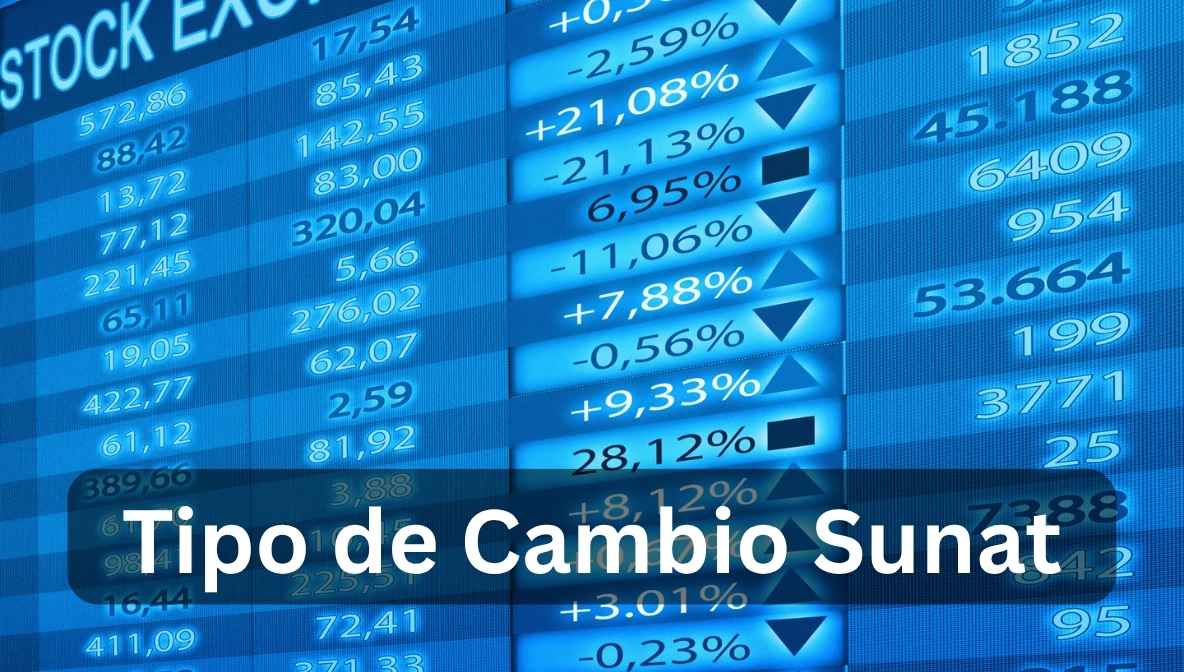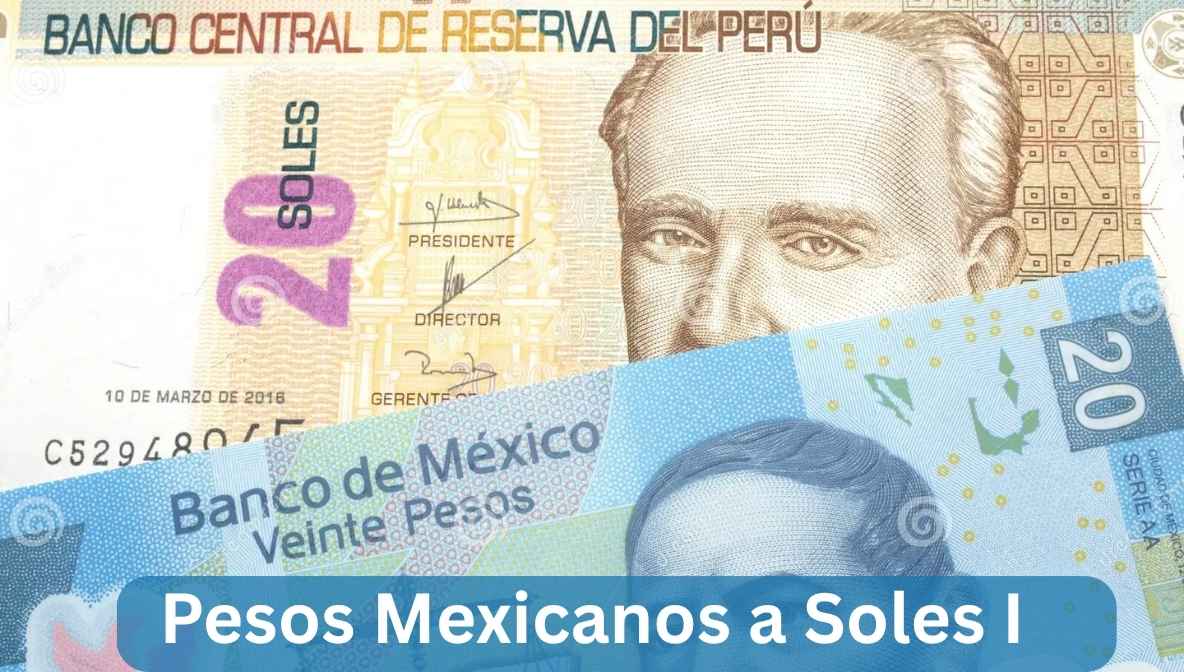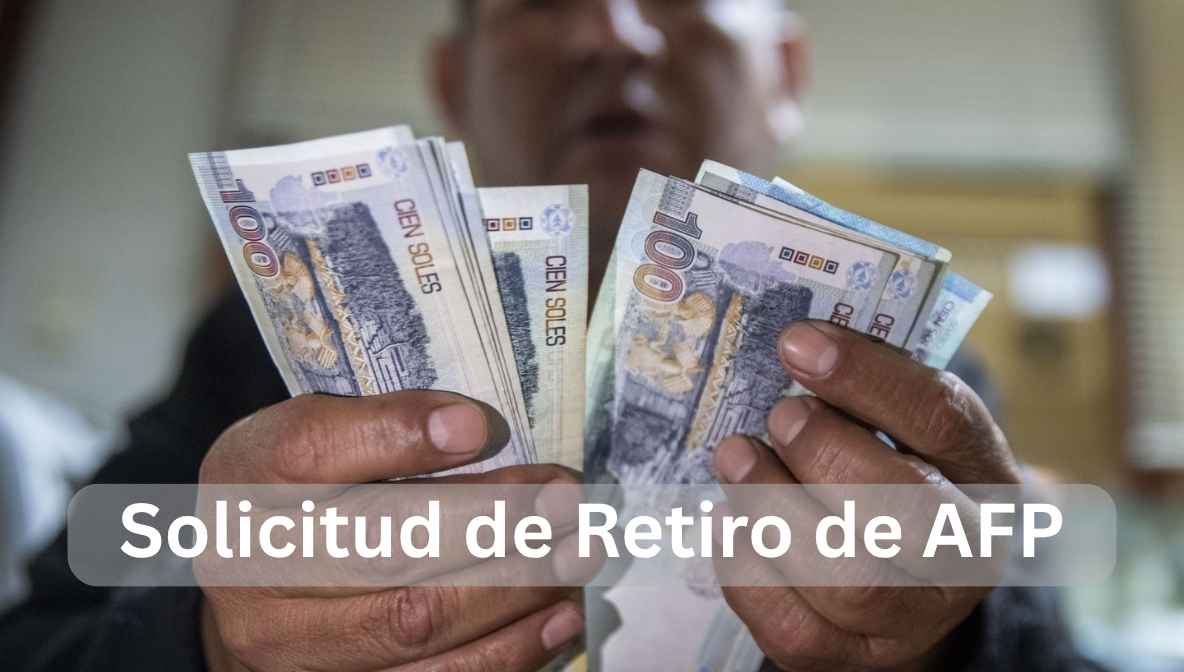In Peru, one term that frequently appears in financial and tax-related discussions is tipo de cambio Sunat.It is important for anyone who owns a business, travels, or invests to understand the official exchange rate, as it plays a key role in proper accounting and legal compliance. The official name for it is the SUNAT rate which the Superintendencia Nacional de Aduanas y de Administración Tributaria (SUNAT) of Peru establishes. People often use this rate when preparing taxes, business invoices or customs declarations
The economy in Peru mostly works using the Peruvian Sol (PEN) and the U.S. Dollar (USD). Given this dual-currency environment, having a consistent exchange rate like the tipo de cambio Sunat is essential for ensuring fairness and clarity in conversions. Taxes and financial reports rely on using the same standard rate everywhere to ensure consistency.
Whether you’re dealing with imports, exporting goods, paying foreign invoices, or filing taxes, knowing how the tipo de cambio Sunat works can save you from serious errors or penalties.
Key Points:
- The tipo de cambio Sunat is updated daily by Peru’s tax authority.
- It is regularly required for legal and official financial procedures.
- It makes it easier to use USD to PEN conversions everywhere.
What Is Tipo De Cambio Sunat and Why Is It Important?
The term tipo de cambio Sunat translates directly to “Sunat exchange rate.” The SUNAT organization sets the rate to convert U.S. dollars into Peruvian Soles. Such a rate matters to businesses, accountants and individuals who deal with money in foreign currency since they still have to settle in PEN.
The importance comes from being both legal and official. For example, if you’re a business submitting a monthly tax report that includes income in USD, you are legally required to convert that income into PEN using the official exchange rate. Companies can’t use other market or commercial rates that are better than what the IRS requires. It guarantees equal treatment and stops people from trying to trick the system to avoid paying taxes.
Example:
For example, your business earned $1,000 on a specific day. SUNAT set the exchange rate for that day at 3.80. You need to enter the income as 3,800 PEN. That banking rate of 3.82 may not be used in your tax returns.
Table 1 shows how exchange rates work in Peru.
| Exchange Type | Source | Usage |
|---|---|---|
| official exchange rate | SUNAT (Official) | Tax reporting, customs, formal invoices |
| Market Rate | Banks/Money Markets | Buying/Selling currency in real-time |
| Parallel Market Rate | Street Traders | Informal transactions, often riskier |
Reminder: Always use the tipo de cambio Sunat when filing taxes, not the market rate, even if the latter seems more profitable.
How Can You Find the Daily Tipo De Cambio Sunat?
Finding the tipo de cambio Sunat is straightforward and accessible to the public. SUNAT updates its website every day with the daily exchange rate. Generally, the rate gets updated at the beginning of the business day and keeps applying till the end of the day. Usually, the stated information is the compra (buy) value and the venta (sell) value.
Accessing it is easy:
- Visit https://www.sunat.gob.pe.
- Click on the link named “Tipo de Cambio.”
- Review the exchange rate for the current date which converts USD to PEN.
Example Situation:
If today’s tipo de cambio Sunat lists the buy rate at 3.79 and the sell rate at 3.81, and you’re filing a sales invoice in USD, you must use the sell rate (3.81) if that’s the rate SUNAT indicates as applicable for sales income.It becomes very important when you are getting ready to file monthly or annual tax reports. They should apply the correct rate corresponding to the transaction date. Not performing this well could create confusion and problems during an audit.
In the table below is a sample of the SUNAT’s Daily Rates.
| Date | Buy (Compra) | Sell (Venta) |
|---|---|---|
| May 27, 2025 | 3.78 | 3.80 |
| May 28, 2025 | 3.79 | 3.81 |
| May 29, 2025 | 3.77 | 3.79 |
Be sure to check the date before you apply the rate, especially when doing work for dates in the past.
Who Uses Tipo De Cambio Sunat and In What Situations?
The tipo de cambio Sunat is not just for tax authorities—it’s a tool used by various professionals and entities across different sectors. Here are details about who uses it and means for using it:
1. Businesses:
Once corporations work with businesses from outside their home country, they often rely on it. When a business makes profits in USD, but its transactions are in PEN, it has to apply the SUNAT rate to the income to ensure its accounting and tax documents are up to date.
2. Accounting professionals like accountants and tax advisors are available as financial advisors:
They will use the rate to help them prepare each month’s and each year’s tax declarations. Not using the rate correctly may attract the suspicion of SUNAT during a financial audit.
3. Importers and Exporters are Important Partners:
All customs documents should show the value of goods in PEN with the official exchange rate used. If you do not do this properly, you may have to wait longer for your goods to be cleared which might mean paying fines.
4. People working as freelancers or remotely:
A lot of freelancers in Peru make their money in USD but need to declare their earnings in PEN. The only acceptable conversion method for tax reporting is through tipo de cambio Sunat.
5. Handling Real Estate Transactions is Different:
Do you deal in buying or selling property using USD? Copies of the official paperwork are to display prices in PEN, as determined by the SUNAT rate.
If everyone gets charged the same rate, this makes things both transparent and equitable. It also helps the government keep an eye on incoming and outgoing foreign currency which supports the planning of the economy.
How Does Tipo De Cambio Sunat Impact Personal Finance?
On a personal level, individuals might wonder how tipo de cambio Sunat affects their daily life. The exchange rate often matters for important things, though it is usually ignored for simple daily shopping.
Examples:
- Income Reporting: Your tax return income must be reported in USD with the SUNAT rate when you’re paid remotely or as a freelancer.
- Property Rentals: Most landlords who get payments in US Dollars must still report their income in PEN.
- Foreign Travel or Reimbursements: When the company pays you for foreign trips using USD, the official exchange rate set by SUNAT is used in the accounting.
This is most necessary during the time for income tax filing. Failing to report earnings from foreign currency may result in penalties, owing back taxes or possible investigations for fraud.
It also leads to changes in the budget. If you plan to receive regular USD payments, knowing the average tipo de cambio Sunat rate can help you forecast how much you will have in local currency.
What Are the Limitations of Using Tipo De Cambio Sunat?
While the tipo de cambio Sunat offers consistency and legality, it’s not without its downsides, especially when compared to market exchange rates.
Key Limitations:
- Less Real-Time Flexibility: Unlike currency exchange rates, SUNAT updates just once a day, so it could not always show current rates.
- Potential Financial Discrepancies: Reporting income from dollars to soles reflects a difference in rates, so an issue could occur if the higher bank rate and lower SUNAT rate result in you reporting a loss.
- Limited Use Outside Formal Contexts: It is only used for business and legal reasons; you can’t handle money exchange with it.
Even with these issues, having an official rate helps stop tax avoidance and treat all businesses equally.
Conclusion
Understanding the tipo de cambio Sunat is crucial for anyone dealing with currency conversions in Peru, especially in formal financial situations. With a standardized rate, the process is clear, complies with the law and you report taxes at the same rate year after year. Using the proper rate helps avoid legal problems and brings your business or career in line with national regulatory guidelines, no matter if you are a business owner, freelancer, accountant or investor.
From finding the daily rate to knowing when and how to apply it, being familiar with the tipo de cambio Sunat system empowers you to manage your finances more responsibly in a dual-currency environment like Peru.
FAQ’s
1. What is the difference between market rate and tipo de cambio Sunat?
The market rate fluctuates throughout the day and is used for trading, while the tipo de cambio Sunat is fixed daily and used for tax and legal reporting.2. Can I use the bank rate instead of tipo de cambio Sunat for taxes?
No. For tax reports and official documents, only the tipo de cambio Sunat is accepted, regardless of what the bank offers.3. How often is official exchange rate updated?
It is refreshed at around 6:15 AM and all transactions completed within that day must use the updated rates.4. Is the official exchange rate higher or lower than the market rate?
It varies. The exchange rate may be different slightly, but it does not change the way the market rate does during the day.5. Where can I find the current official exchange rate?
Go to SUNAT’s official site and look at the section called “Tipo de Cambio” for daily updates.




